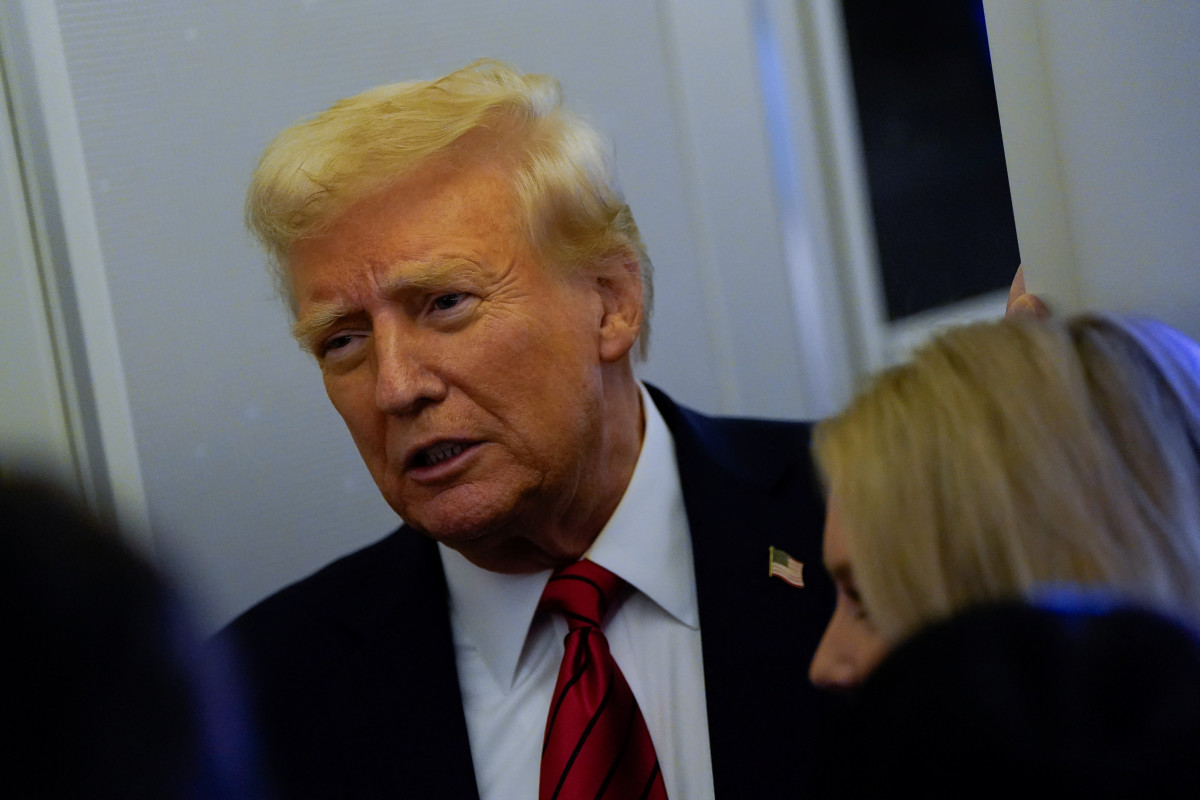Trump’s cover weapon begins to operate. He declares and threatens to impose an unprecedented tariff of up to 60% on products from China, 25% on those of Canada and Maxico, and 10% on the rest of the world, in what may lead to a much more acute trade war he managed in his first term. Already in his early days in the White House, the president proved the effectiveness of the threats in the customs, with Colombia in hours in his demand to receive military aircraft with immigrants deported from the United States, after threatening 25% to 50% in a week.
“This is a significantly different trade war from the previous one,” says Ed Gerser, who led the economic research unit at the US Trade Representative Office during the first Trump. This time “the threats are wider, and the sense of legal constraints is less.
In contrast to the first term, this time Trump’s trade team is more united in his perception of support for the cover idea. Scott in St., candidate for Finance Minister, and Howard Lutnik, the candidate for the commercial secretary, both supports the imposing new covers.
Trump significantly expands the use of beyond purely economic purposes. It uses them as a lever on illegal immigration issues, drugs, and even as a means of pressure on the EU buy American oil. “They don’t buy our cars. They don’t buy our agricultural produce,” Trump said of the EU.
The global reactions to Trump reveals significant changes in the geopolitical arena. In China, President Shay relies more on Putin and Russia and less on the US, with more than 40 personal meetings between the two over the years. Shay’s new mantra is “the East is rising; West sinks. ”
The business sector also changed its approach. Jamie Damon, CEO of JP Morgan Chaase, who visited Trump’s cover program in the first term, this time expressed another spirit at the last conference in Davos: “If it’s a little infappected, but it’s good for national security, then it will be. Overcome it. ”
In Canada, the threat to the customs reveals deep internal tensions. While in the north, Doug Ford, Ontario Prime Minister, threatens that Trump Consisters will receive an aggressive response on the part of electricity blockage and removal of American drinks from the shelves, Daniel Smith Malberta takes a more diplomatic approach. “I don’t think he responds well to threats, especially empty,” National Post told.
The main struggle is expected to focus on the technological field with China. While Trump focuses on reducing the U.S. commercial deficit, his national security advisors seek to prevent China from access to advanced technologies. The Biden administration has already expanded the restrictions on semiconductor exports and advanced technologies to China, recruiting allies to coordinate the steps.
The timing is particularly challenging for China. According to the International Coin Foundation, the Chinese economy faces growth at least 5%, the collapse of the real estate market, a growing government debt, and a danger of deflation due to an imbalance between demand and supply. In the first half of 2024.
It has not yet been underway from his entry into office, and Trump’s moves are already affecting the global economy. The EU was quick to sign a trade agreement with South America, updated an agreement with Mexico, and renewed negotiations with Malaysia. “Trump’s return may spurred countries further diversifying their trade files,” said Tengko Zepar Aziz, Malaysian trading minister.
The big picture is particularly interesting: Despite the extensive threats, since 2017, Trump’s first year as president, the trade gate remained stable in about 60% of the global GDP. But the US part of the trade streams, while Asia, Europe and the Middle East increased some . Rocher Sharma, chairman of Rockefeller International, concludes: Its share in global stock indices has risen nearly 70% and is smooth in the global GDP increased to more than 25%, but its share of global trade is less than 15% and has dropped significantly in the last eight years. ”
